My father had a stroke last year, but he survived it well due to a combination of good luck, good timing, and good doctors.
When I arrived at his house in Florida as he was recovering, he gave me a gift: the book The Art of Mickey Mouse.
He said, “You always loved Mickey Mouse, Brian. So do I. As an artist, I thought you’d really like this.”
I did.
One of my first memories of a gift from my dad was a Mickey Mouse marionette made by the Pelham Puppet Company from Marlborough, England. I was 7 years old. He left it at the end of my bed. I found it when I woke up.
When I brought it downstairs to breakfast, my dad said: “Oh, I see you found your new friend. He said he was looking for you.”
He paused. And then addressed the puppet in my hand, directly.
“Good morning, Mickey.”
My father did not refer to the thing in my hands as a doll, as a marionette, as a puppet, or as a toy. He was simply…“Mickey.”
He was both real and unreal. At that age I chose to believe that the animated world existed—somewhere—and Mickey had come from that world into mine.
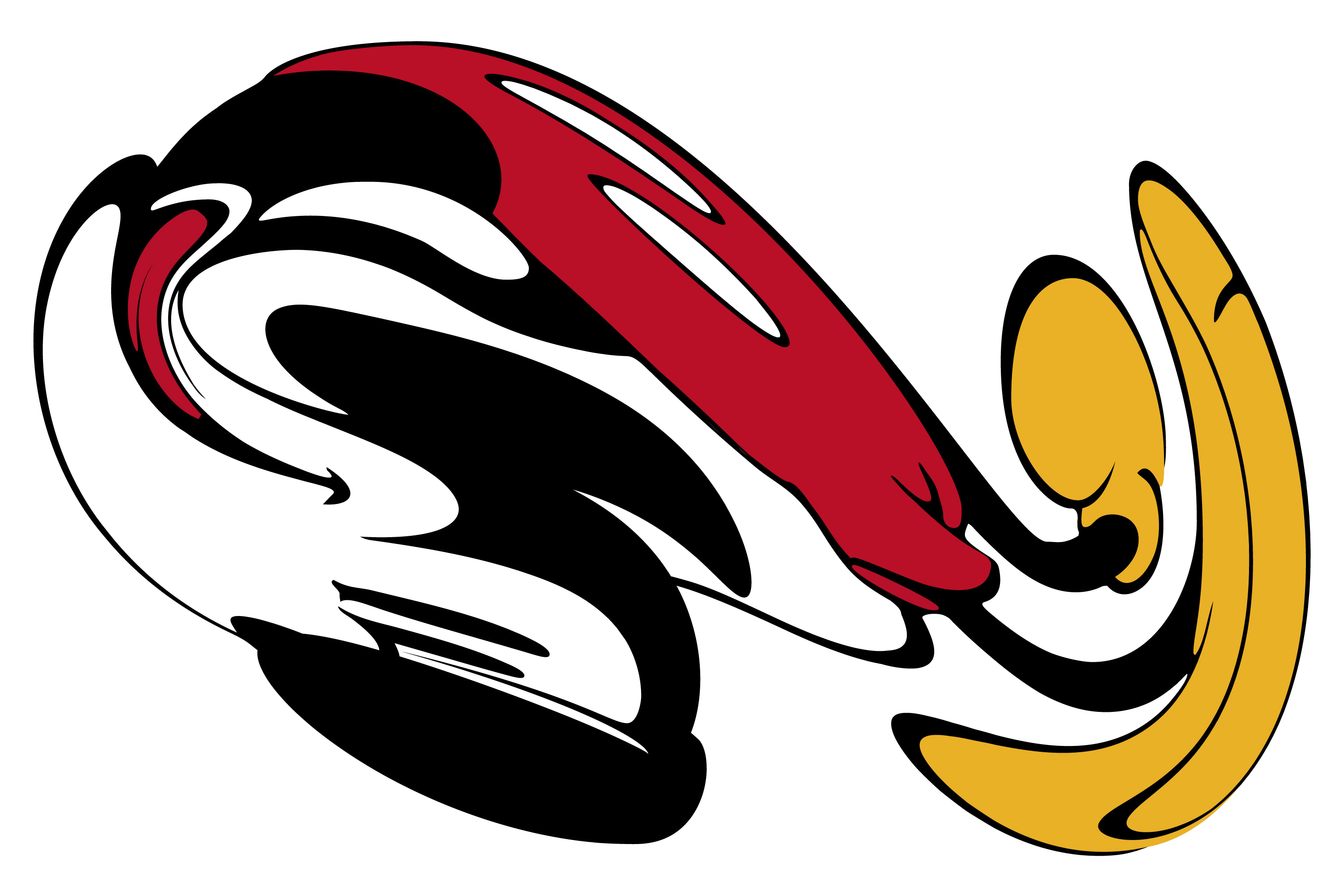
Mickey Mouse has always represented bravery in the face of adversity. In his challenges and adventures, from Mickey and the Beanstalk to The Sorcerer’s Apprentice, Mickey tangled with forces far beyond his control. Every time he persevered, survived, and—ultimately—triumphed.
Disney said this about his work:
“We have created characters and animated them in the dimension of depth, revealing through them to our perturbed world that the things we have in common far outnumber and outweigh those that divide us.”
Enchantment vs. Reality
I was 11. I was doing my homework for history class, and my assignment was to interview my grandfather about why he left Ireland and how he came to the United States.
Now Ireland, as you remember from high school geography, is an island on the far, windy, western edge of Europe. Because of its isolation out there on the fringe of the Atlantic, it never was conquered by the Romans, and it never became quite commonly civilized like the rest of Europe. It always remained a bit wild, a bit pagan, a bit … different. It never lost its accent, so to speak. It always clung to what the “enlightened” continent would call superstitions, legends, and folklore. It embraced the imagined world—through poetry, myth, dance, and music—more than the rest of the West. And that carries on to this day.
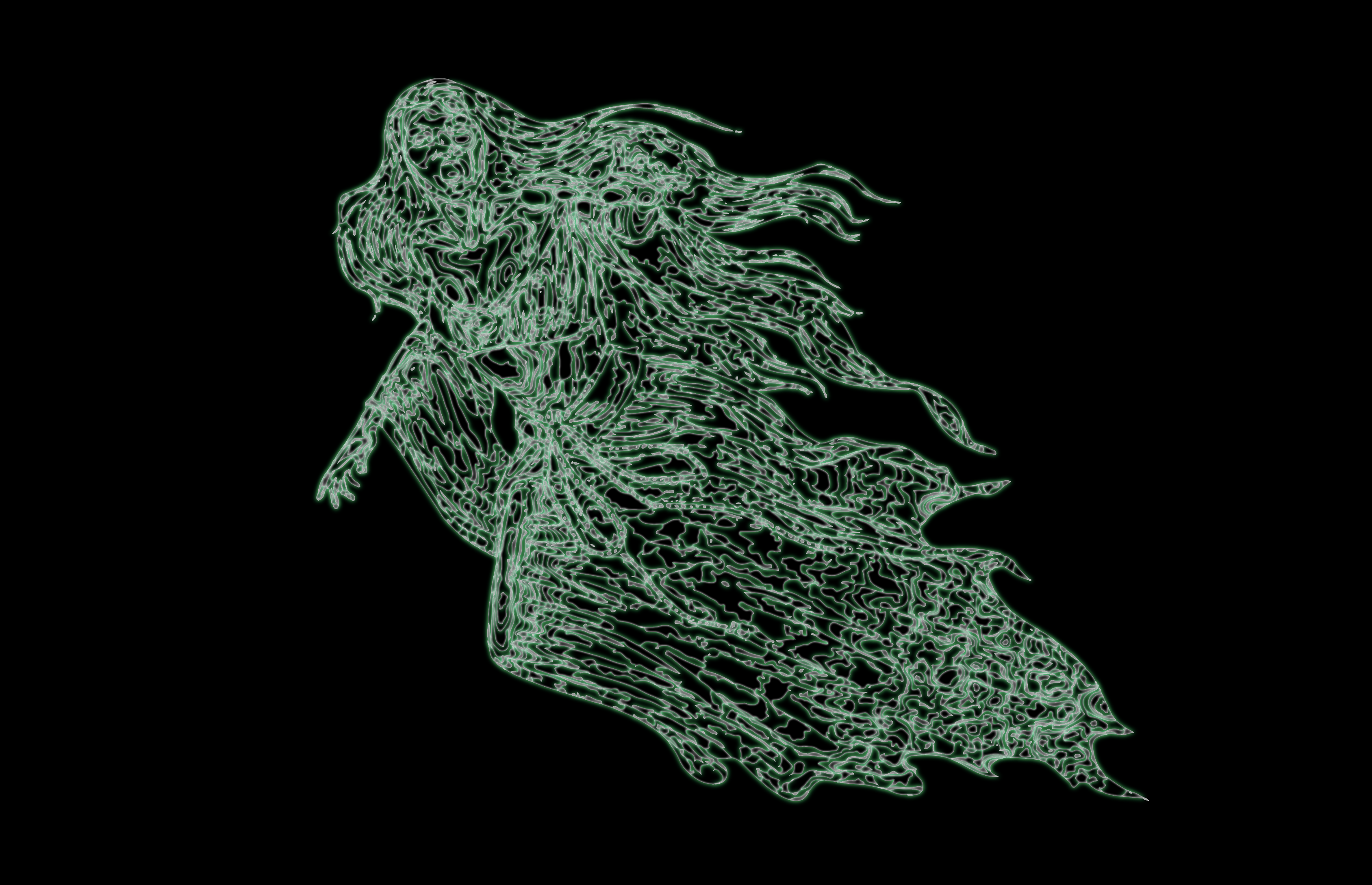
My grandfather led a normal life in Massachusetts—he woke up to a normal alarm clock, made normal eggs for breakfast, took a normal bus to work and so on—but he used to tell me fantastical stories from his life in Ireland. Stories about fairies, ghosts, and banshees.
A banshee is a ghastly female spirit who heralds the approaching death of a family member by wailing and screaming outside your house. As a young boy, I found the thought of a horrid, otherworldly spirit—floating outside my grandparents’ home, wailing and screaming, announcing the arrival of the hearse that would escort the dying into the next world—terrifying. But also, I found it thrilling. His stories transfigured me, and I couldn’t get enough of them. And yet there was this glaring disconnect between the world of the banshees—the world he grew up in — and the world I lived in. So, as part of my homework, I dared to ask him this: “Grandfather, do you really believe in banshees?”

He replied, “What do you think I am, a fool? Of course I don’t believe in banshees.”
And then he said, “But they’re there, anyway.”
His reply has stuck with me for the next four damn decades. I was asking my grandfather to tell me what was true: the real word or the magical world, to come down on one side or the other. To pick a lane. But he didn’t. He rejected the dichotomy and allowed a third possibility: a place where the real and the magical exist side by side.
That place is called Enchantment.
Enchantment is different from reality, and it’s different from fantasy.
Reality asks you to resign yourself to the way things are. To wake up. To get real. To pay attention.
Fantasy asks you to escape. To pretend. To imagine. To dream.
Enchantment invites you to inhabit both worlds at the same time. Enchantment is the intersection of the mundane with the magical. The prosaic with the preposterous.
Let me illustrate what I mean.
In February 1968, a children’s show called Mister Rogers’ Neighborhood premiered on National Educational Television (later on PBS). Fred Rogers was amazing, a genius. As you might recall, there were two neighborhoods on Mister Rogers’ show: One was in the real world, with real people in it—postmen, teachers, police officers, chefs—and there was the other one, the Neighborhood of Make-Believe, populated by King Friday the XIII, Queen Sara, X the Owl, Henrietta Pussycat, and Daniel Striped Tiger, all represented by hand puppets. It was magical. The show kept the two worlds separated. Distinct.
Mr. Rogers never appeared in The Neighborhood of Make-Believe.
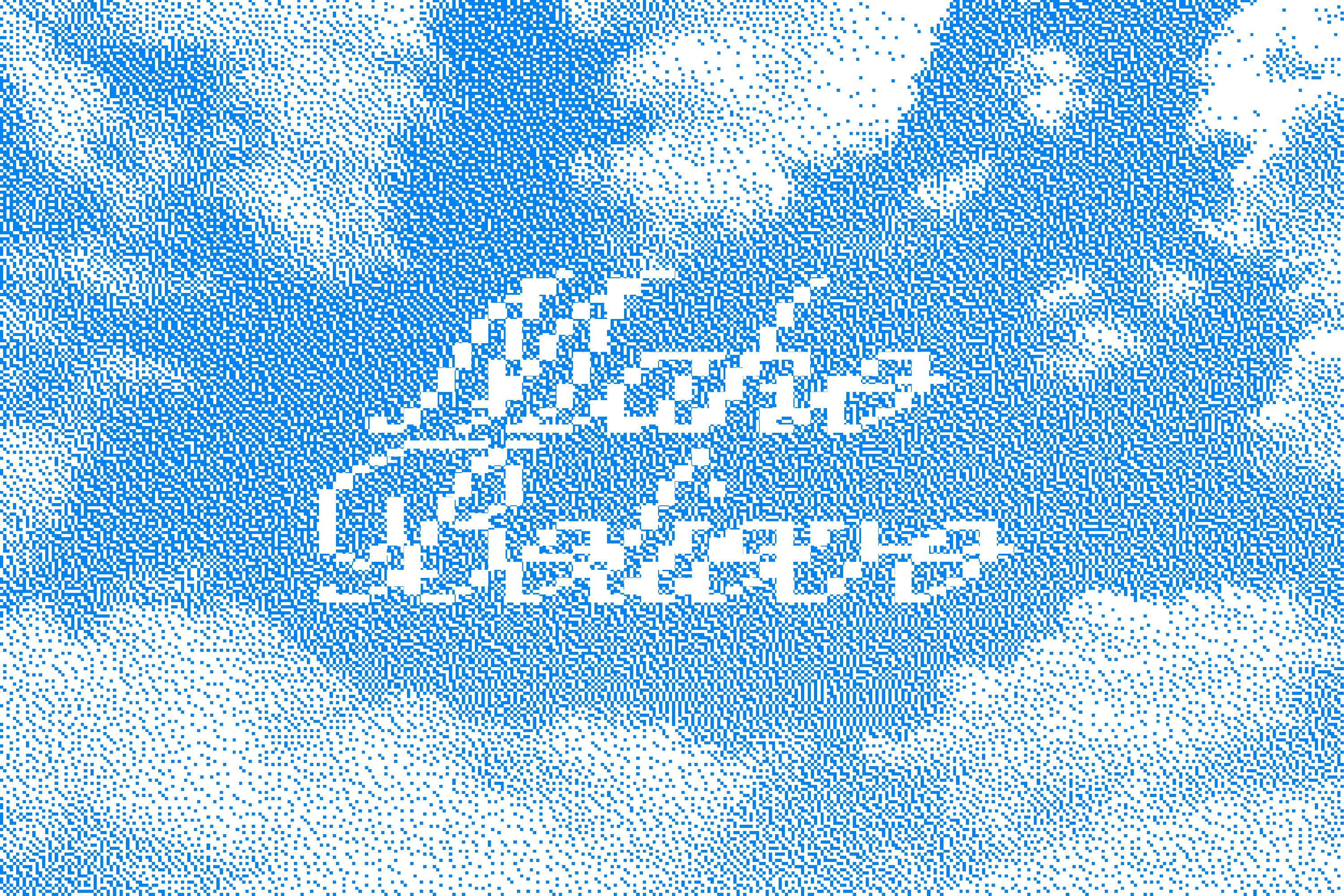
The real world here. The magical world over there.
In November 1969, almost two years later, another children’s television show, called Sesame Street, premiered. It also featured a neighborhood and puppets. In the first episode, a man named Gordon shows a girl named Sally around his city neighborhood. He introduces her to some of her new neighbors: his wife Susan; his neighbor, Bob; Mr. Hooper, the grocery store owner; and some kids her age. These are real people in a gritty, real-looking, city neighborhood.
Then, all of a sudden, a door opens and a massive, nine-foot tall, yellow bird walks up.
Without batting an eye, Gordon introduces Sally to him, just like he introduced the human beings, and the three of them have a little chat. This is a remarkable shift. On this show, the magical and the mundane live together side-by-side on a New York City street.
Sesame Street happened in the realm of enchantment—a realm understood and designed and advocated by one of Sesame Street’s creators, Jim Henson. The entire Henson crew worked to make Big Bird, Cookie Monster, Bert, Ernie, and Kermit enchanted. I think it is one reason why kids loved it then and why Sesame Street celebrated its 50th anniversary in 2019.
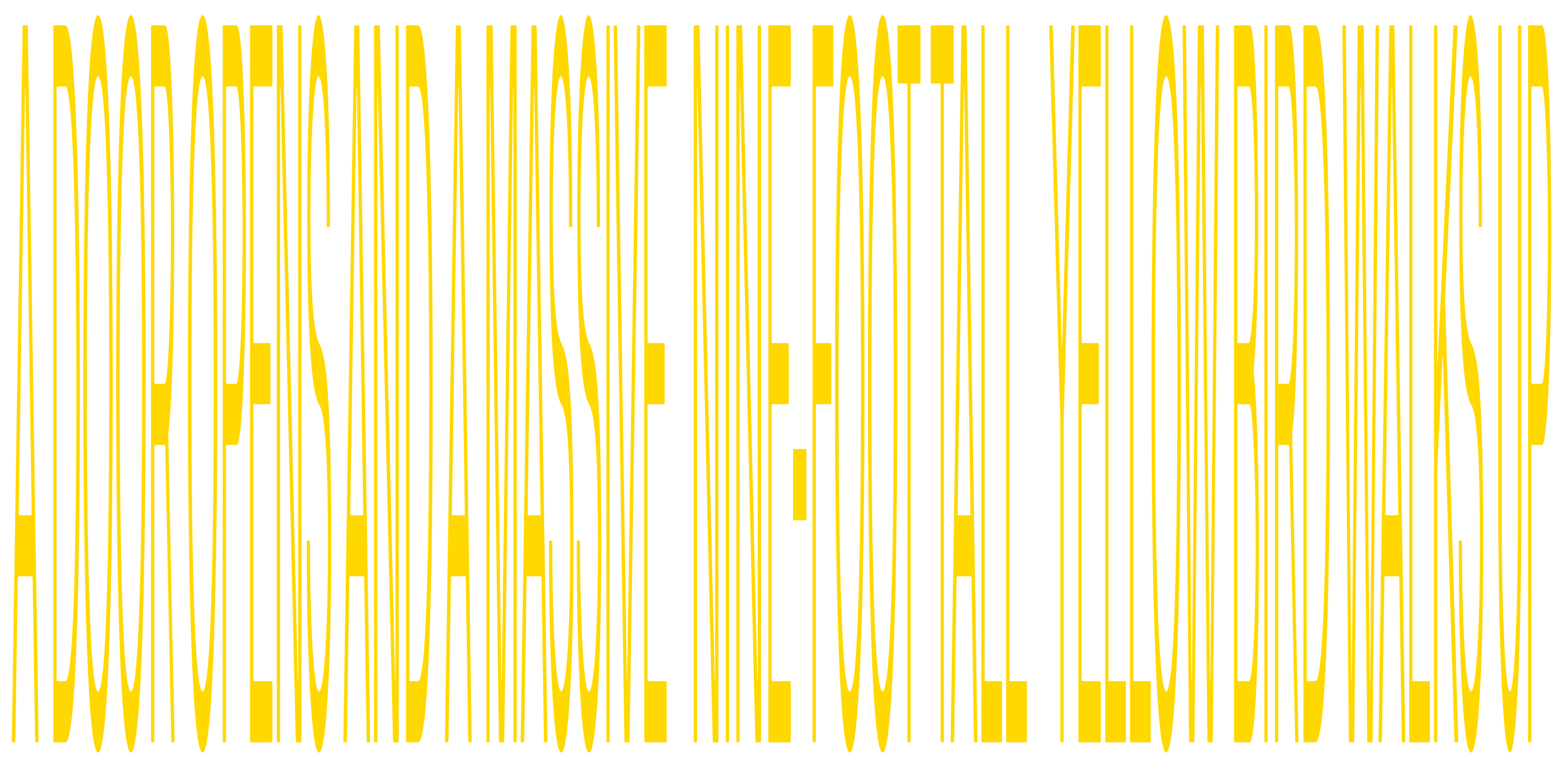
What does all of this enchantment have to do with my own work? What does it have to do with design?
In every assignment I’ve ever had, what a client was really asking for was not a new campaign, or a new website, or a new store; what a client was ultimately (and secretly) asking for, was enchantment.
The secret hope for enchantment sits at the heart of every assignment.
How so?
An idea thrives when it connects people to something larger, something profound and lasting. Even mythic. The trend lately has been to say companies must connect people to “a purpose”—to a shared higher value, to a worthy cause, to a noble goal. There’s a lot of talk, thought, and good effort around that. Whole agencies breathlessly devoted to “purpose marketing.”
I think purpose is important. But I don’t think it’s enough. Purpose exists in the realm of facts and factors. The realm of action and effort. It lives in the realm of the real. For that reason, purpose can motivate, but it cannot liberate.
“Enchantment invites you to inhabit both worlds at the same time. Enchantment is the intersection of the mundane with the magical.
The prosaic with the preposterous.”
Purpose asks “why?” A good question.
Enchantment asks “why not?” A daring one.
What sits underneath purpose is a deeper hope: the longing for meaning.
We are imaginative beings living in physical bodies. We ourselves exist at the intersection of the real and the magical, of substance and soul, logos and mythos, of our current state and a future one we can only imagine.
And the meaning we seek comes when we—just like my grandfather—slyly refuse to put one above the other, and instead choose to fuse these seemingly opposite forces into a new unity. When we do that, we can find the meaning that fulfills our longing.
That’s the work of design.
Do you have an iPhone? Take a look at the logo on the back. It’s an apple with a bite taken out of it. This goes far beyond technological purpose; it connects us directly and overtly to myth. To one of the foundational myths and themes of Western civilization itself—the deliberate partaking of new knowledge. The Apple logo asks, in effect, “Are you awake?” If you want to be asleep, other companies will take care of you. Apple states it is enlightened and is offering that enlightenment to you.
There is little coincidence it became one of the most successful brands in history.
Now look at your feet. How many of you have shoes from a company in Beaverton, Oregon? On your feet you have the wings of a demanding, ruthless Greek goddess of victory: Nike. To state her name is to summon her presence.
If you’ve ever been to the Louvre in Paris, you’ve met her in person. But her name there is La Victoire de Samothrace.
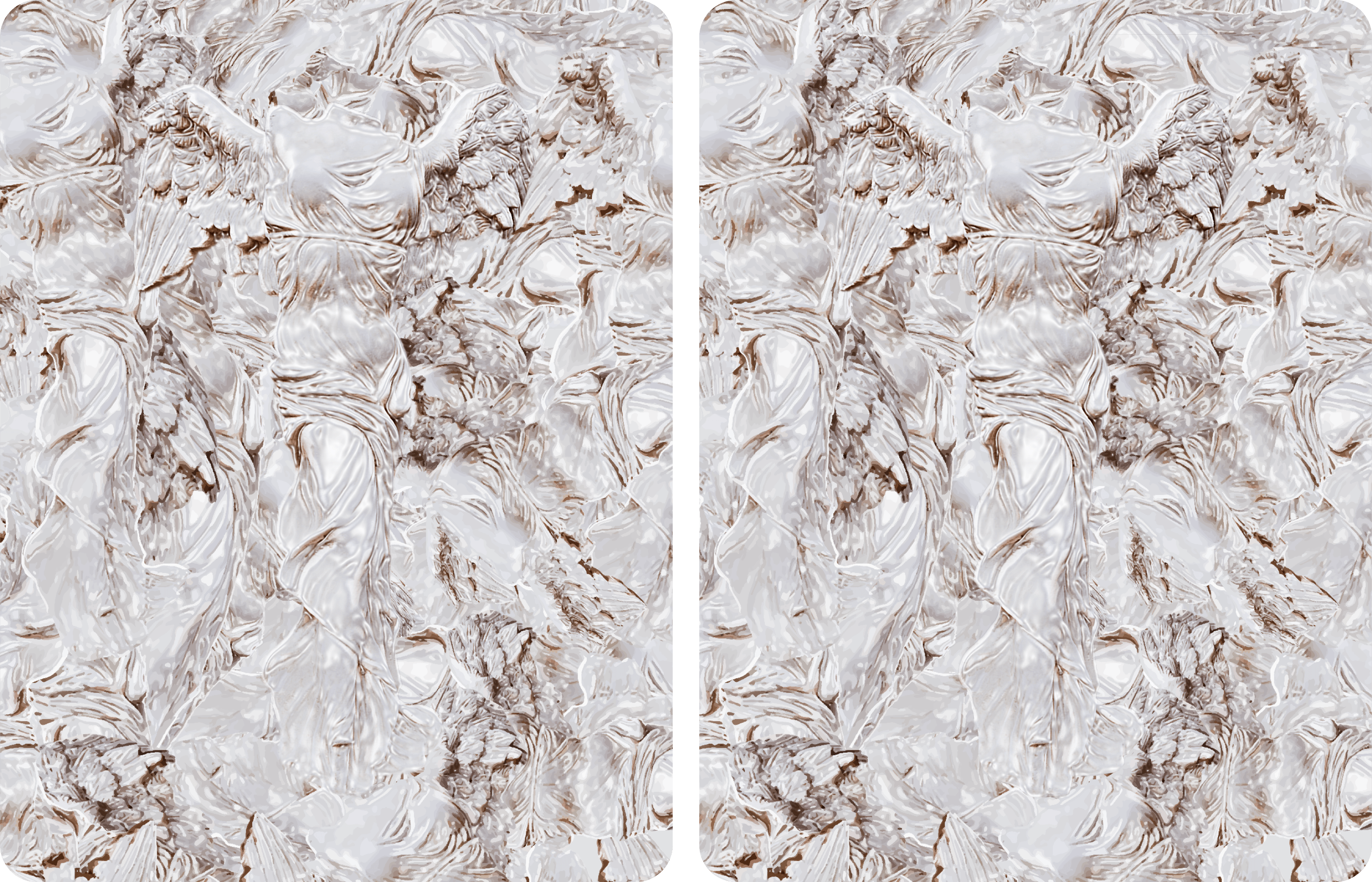
An overt connection to myth, to the divine. The inherent meaning, even from a company that exalts individual drive and effort above all, is that victory ultimately lies beyond the physical and rests in the lap of the gods. In the realm of enchantment.
A symbol of hope
I was in my early 20s, and off into my career as a designer. My best friend, a fellow designer and a classmate, had become terribly sick. In fact, growing numbers of gay men in New York and San Francisco began developing mysterious, terrifying illnesses.
Some were cancers. Others were opportunistic infections rarely seen in the United States. Soon, gay men started dying by the hundreds, then thousands. Several close friends of mine died. Even my closest and oldest childhood friend would eventually go, too.
There were early theories. But it seemed that few outside the gay community cared to learn the truth. Several reporters and White House officials laughed when questions about the growing “gay disease” were asked at early press conferences.
The plague eventually had a name: Acquired Immunodeficiency Syndrome.
AIDS.
For generations before the appearance of AIDS, of course, gay people around the world had been misunderstood, feared, ostracized, and hated. Sometimes killed. At the outset of AIDS, these threats intensified. Terrifying stories of attacks on victims grew. Rumors about bodies of its victims abandoned in alleyways and outside hospitals became harsh reminders: gay people were not safe. The message was clear if you were gay: to be safe, you must be silent. Stay in a closet. Be invisible.
But Gilbert Baker had a different idea—a designer in San Francisco, he wanted to signal that being gay was more than okay; it was normal.
He reached back into ancient myth and pulled it into the real world.
According to Genesis, after Noah saved all the animals from the Great Flood, a symbol appeared in the sky. As the flood had wiped out all other living beings, a rainbow came to represent God’s promise that he would never again allow all living things to be killed in the waters of a flood. The rainbow was a promise that our future could be filled with hope.
In the darkest hour, gay people around the world raised the same symbol. It wasn’t a symbol of grievance or anger or revenge. It was a rainbow. Not quiet, whatsoever. It was the most visually powerful way to say, “Have hope.” At the time, with people dying all around, it felt like an inconceivable future.
By the early 1990s, people were not only waving the rainbow, but wearing it proudly: pins, jackets, jeans, shirts, backpacks, earrings, shoes, flip flops, caps, beach blankets, cheap sunglasses, and expensive scarves. Whatever could be made with Baker’s rainbow was made with Baker’s rainbow, despite potentially threatening public repercussions.
This flag was the enchanted peak of a rising mountain that we had set our eyes on, knowing that there was a dark forest ahead of us. Not all of us would make it through.
But when this flag appeared, it gave millions of people hope.
Design creates inconceivable futures
I was 58. I was walking home through Times Square. It was Gay Pride month, and I saw bursts of Gilbert Baker’s rainbows everywhere — store windows, billboards, taxi tops, shop displays jammed with rainbow-slathered merchandise. I wandered, mesmerized by colorful explosions of support for the LGBT+ community by all kinds of celebrated, beloved brands.
Eventually, I passed the flagship store of the most powerful media company in the world. I was floored by what I saw.
Inside, in the middle of wall-to-wall tourists, sat a giant white box.
Inside were piles and piles of stuffed Mickeys, covered with Gilbert Baker’s vivid, iridescent rainbow. Sales clerks were selling him. Young parents gave them to their giggling twins strapped in a stroller. A teenage couple took two and hooked them, swinging, off their backpacks. Others were lining up at the registers to buy one.
A small, tasteful sign told me that The Walt Disney Company was donating proceeds to a leading educational organization for LGBT+ students.
I was elated. But standing there watching this unfold around me, my joy unexpectedly turned to grief.
My closest friends from my earliest days in New York were not here to witness this milestone.
The rainbow flag was designed out of a necessity to be seen and understood — the greatest gift that human beings can give to one another. To help people rise and use their voices and creativity to become visible. To see Baker’s enchanted rainbow on this Mickey Mouse said this: The future we had hoped and worked for in the ’80s was being installed today.
It had become real.
Purpose asks: Why?
Enchantment asks: Why not?
Hope is a form of enchantment
On a good day, this is the quintessential nature of design: to craft symbols, stories, and artifacts that ultimately shape hearts and minds—that shape us—for the better.
Hope, too, is a form of enchantment. It allows us to cope with an uncertain future.
The hope of the poor, the underprivileged, the oppressed, the sick, the isolated, and the despairing is no fanciful delusion. It is a transcendent virtue, and it can redeem us as a culture and as a species when we respond to it.
Hope is our imagined, better reality. It is not a cheap “coping mechanism.” Hope is an illogical faith in what is currently the unreal, the impossible. We do not simply want enchantment; we cannot survive without it.
Life itself, particularly during this fragile and unpredictable time, is a struggle between grinding reality and this need for transcendence. One of the best ways to engage that struggle, for designers like me and my team, for all creative people, is to work to bring transcendence to the world. Enchantment is one way.
It is not our role to separate ourselves from the real, practical needs of our clients in order to inhabit some make-believe neighborhood of pure color, form, and reverie. Neither is it our role to always “be reasonable,” to sever ourselves from the world of the fantastical, from the world of imagination and play.
It is our job, our calling, to bring the magical into the real.
To craft films where a mouse can talk.
To open doors through which impossibly Big Birds can enter.
To place inconceivable technologies in our hands.
To push us to run as fast as gods.
To sew rainbows that raise hope for a better tomorrow.
Brian Collins is the Chief Creative Officer of COLLINS.
Artwork by George Lavender and Diego Segura, COLLINS.